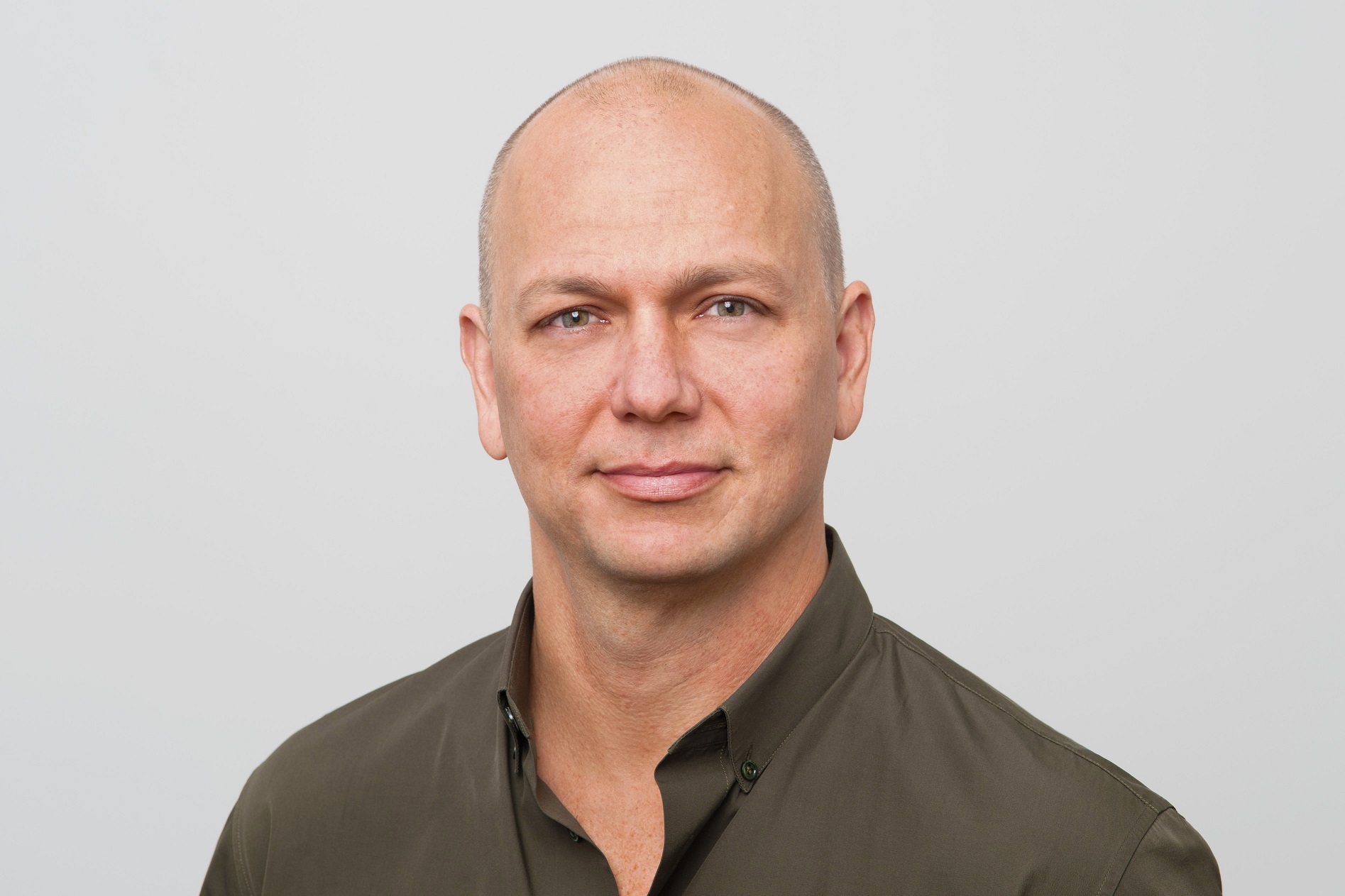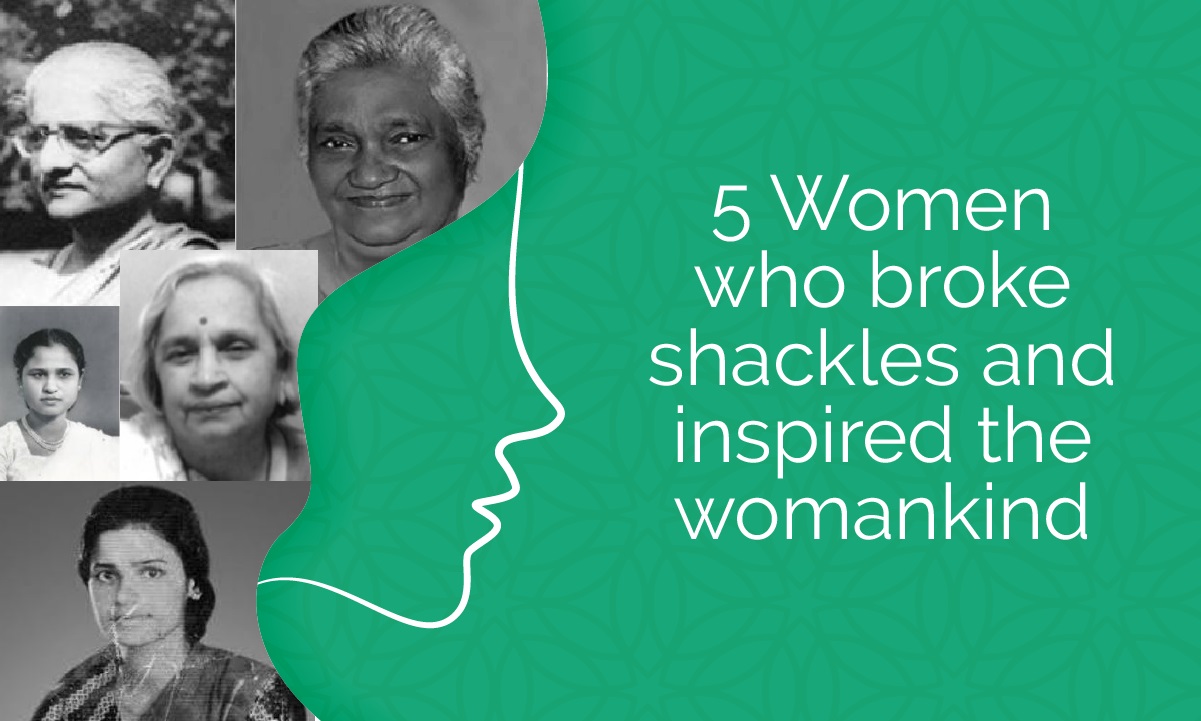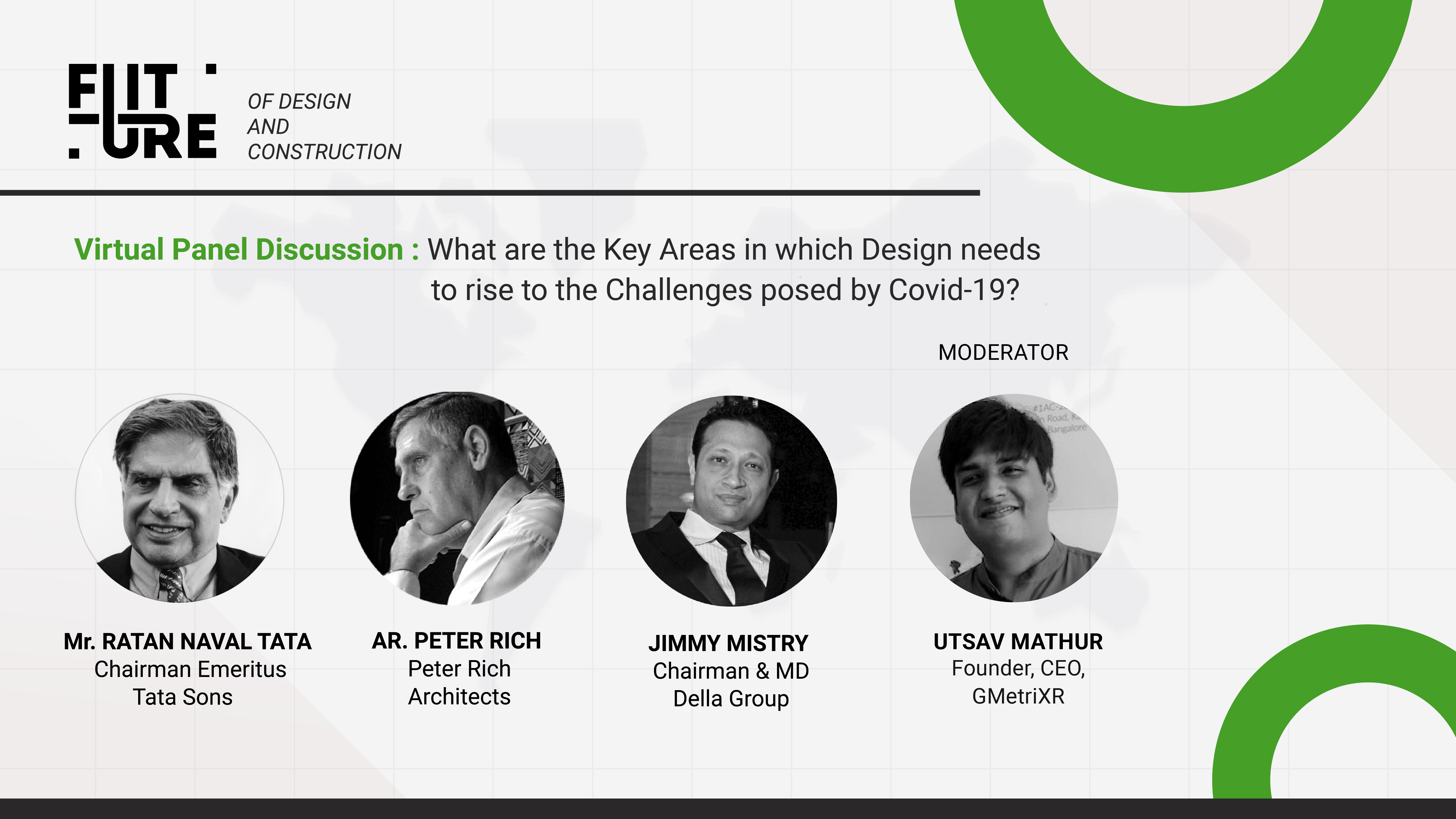Tony Fadell explains how, as humans, we get used to the things around us really fast. This process of “habituation” is one of the key ways in which humans learn and live peaceably with their environments. Habituation has the plus of freeing up our conscious attention so that we can focus on other things; but it can also prevent us from noticing everyday problems, and therefore stop us fixing them.
Fadell says, as a designer, our first job is to notice, it’s up to you to look at those everyday things, go one step further, and find ways to improve them.
But, How Can You Avoid The Habit Of Getting Used To Things?
The First Secret of Design… Noticing
Tony Fadell spoke about the opportunities everyday which bring in his TED Talk – The first secret of designing is…noticing.
He highlighted, by simply noticing minute details, the undistinguishable glitches in the everyday things around us, Fadell says we can hit them and improve the overall user experience.
One of the examples he linked to when discussing the “invisible problems” during his talk was the Mary Anderson’s story on how she invented the windshield wiper.
Fadell linked this invention and shared tips for how designers can see and feel the invisible problems around us, he broke the process into steps:
- Guiyang Think Broader: take a step back and look at everything. Can something combined or removed?
- http://intellivex.com/index.php Look Closer: look at the details, are they significant? Or is it the way it’s always been done?
- Think Younger: Look at things as the beginners would. Have young people on your team, or people with young minds.
Let’s hear it From Him!
“Our Challenge Is To Wake Up Each Day And Say – How Can I Experience The World Better?”
- Video Length- 16:41 minutes
- Speaker: Tony Fadell
- Hosted By: TEDTalks
- Video Source: YouTube
Curated by a Building Expert from Wienerberger India
You May Like:
[Video] “A Building Is Like A Flower” – Insights By Jason Mclennan
[Video] “A Zero Energy, Water, Waste Future” – Insights by Mike Dieterich
[Video] “Architecture is a Language” – Insights by Daniel Libeskind
Featured Image CC – Time Magazine








